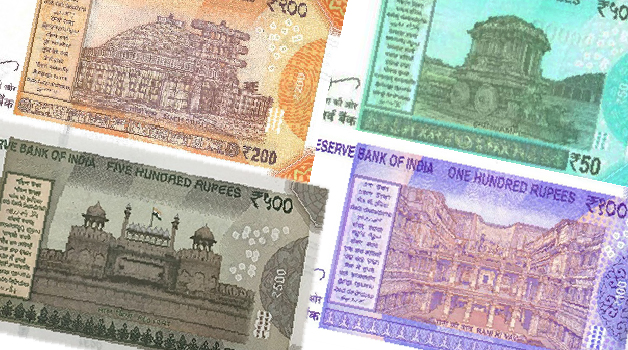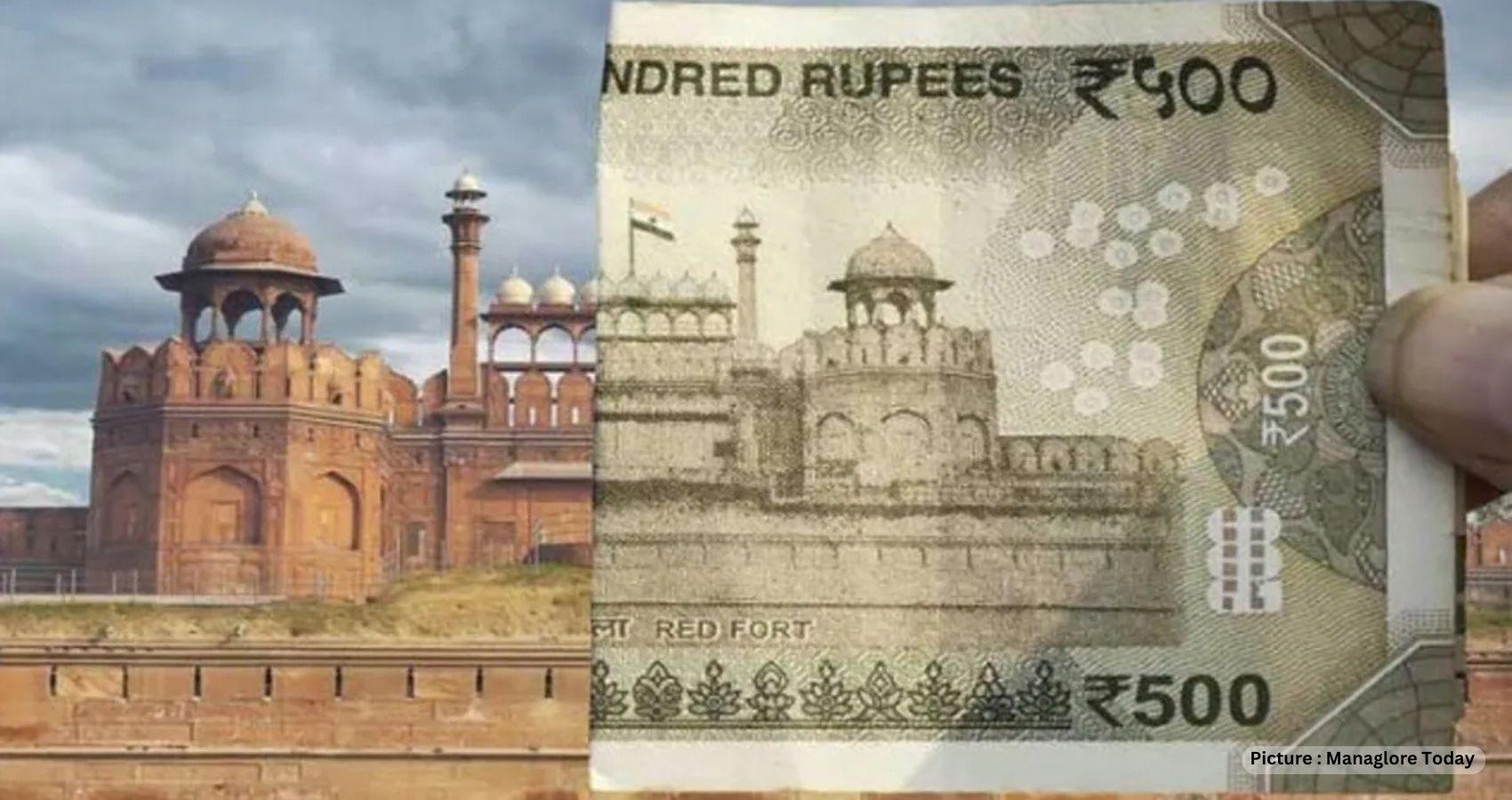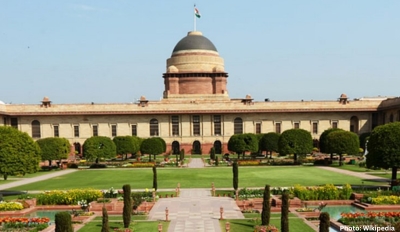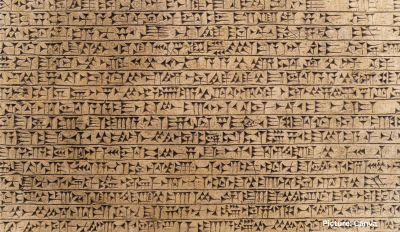Indian currency notes are not only a means of exchange but also a reflection of India’s rich cultural heritage. They showcase the country’s historical monuments, events, and achievements. A Twitter user, Desi Thug, recently shared a thread that went viral, featuring various Indian currency notes and the historical sites depicted on them.
The Rs. 10 banknote features the Konark Sun Temple, a UNESCO World Heritage Site, which is a monumental representation of the sun god Surya’s chariot. The Rs. 20 banknote showcases the Kailash Temple, a 13th-century temple in Ellora that was built from top to bottom, rather than the conventional bottom to top method. It is also a UNESCO World Heritage Site.
The Rs. 50 note displays the Hampi Stone Chariot, built in the 16th century by King Krishnadevaraya of the Vijayanagara Empire. This chariot was inspired by the Konark Sun Temple during a war with Kalinga. The Rs. 100 note showcases Rani Ki Vav, a stepwell in Gujarat, built in the 11th century in the unique Maru-Gurjara architectural style.

The Rs. 200 note features the Sanchi Stupa, which was built by Emperor Ashoka to preserve and spread Buddhist philosophy. It is a UNESCO World Heritage Site. The Rs. 500 note displays the Red Fort in Delhi, built by Shah Jahan, with construction beginning in 1639 and completed after nine years, as stated by the Archaeological Survey of India (ASI).
Lastly, the Rs. 2000 banknote, the highest denomination in India, showcases Mangalyaan, India’s first successful Mars mission. According to NASA, the mission aimed to explore the planet’s features, morphology, mineralogy, and atmosphere.
The tweet received an overwhelming response from users, with comments such as “Amazing facts and thread,” “Excellent information,” and “Amazing thread.” The thread has since garnered over 1.7 million views and counting.
The Indian currency notes not only serve as a medium of exchange but also showcase India’s rich cultural heritage through the historical monuments, events, and achievements depicted on them. The Twitter thread featuring these sites and events has gone viral, prompting an enthusiastic response from users. The tweet serves as a reminder of the importance of preserving and promoting India’s rich cultural heritage for future generations.











